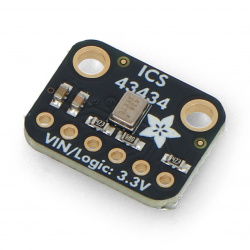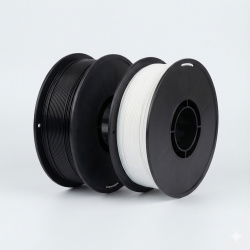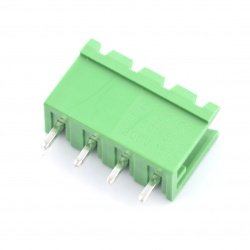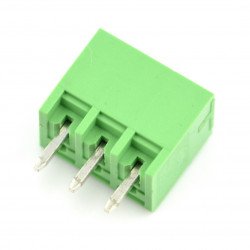Measure the values of currents and voltages is particularly important Metrology Department, which, bypassing the specialized programs for research and development is an integral part of any electrician, and electronics, both Amateur and professional. Very often, not only in the energy sector, measurement must be performed in the circuits of high voltages and/or large currents. In such cases, will come into effect sensors, probes whose main advantage is the fact that to measure current, do not require difficult – often very dangerous – disconnect the circuit.
Mierniki cęgowe do pomiaru prądu DC i AC
See also
The principle of tick-borne
The action tick is based on the fundamental laws of electromagnetism: a current flow through a conductor causes a magnetic field around it, the tension (at a given point) is proportional to the intensity of this current. The value of the electromagnetic field can be measured with a coil (in the case of AC) or hallotronu (without restrictions on the type of current). In the press-pliers (rozchylane using the button) built-in magnetic circuit coupled with coil or Hall sensor. The passage of current through the wire is covered cęgami induces in the coil of the current sensor value similar to the measured current. After calibration (factory) can be measured by this method values of alternating currents without opening the circuit, and – crucially – even through the thick insulation. And this is important, if we are dealing with network settings, in particular (but not only), medium or high voltage.
Other functions
I should add that the sensors, probes (the vast majority of cases) be much more than the contactless measurement of alternating currents. Nothing prevents that, in the case of the meter supply classic slots familiar with multimeters. And then using the external current becomes a device for measuring DC and AC voltage, resistance, or many other parameters. In the case when measuring AC currents are an integral part of Your measurement activities, it is highly likely that a good multimeter will replace You – at least, in most cases, other sensors. When selecting a measuring device of this type, should check if the specification contains information about the measurement of True RMS is not a separate function, but the principle of current measurement. If Your multimeter has a designation, you can be sure that the correct play is also more distorted passages – while without this meter particularly suitable for measurement of signals close to pure sine waves.
Sensors, probes in the range of Botland
In this category we have provided some interesting suggestions, which will satisfy even very demanding users. The easiest multimeter company unit designation UT202A has the ability to measure the intensity of the fixed and variable AC (cęgami) up to 600A, resistance and conduction voltage of the diodes. Also includes the function of the tester transition (buzzer). A more advanced model UT203 also has the ability to measure DC current up to 400 A and frequency up to 1 MHz. The most universal sensors, probes UT216C offer True RMS measurement and also in a very wide range, measure the resistance, capacitance and even temperature. Ranges of intensity of the measured currents reach 600 a And a voltage of 1000 V DC and 750 V AC.





















































































































































































































































































































































